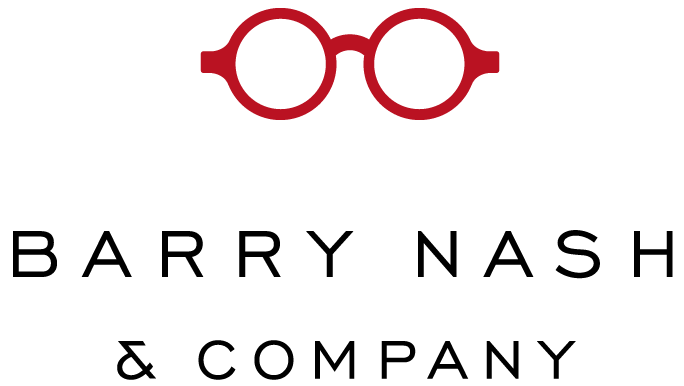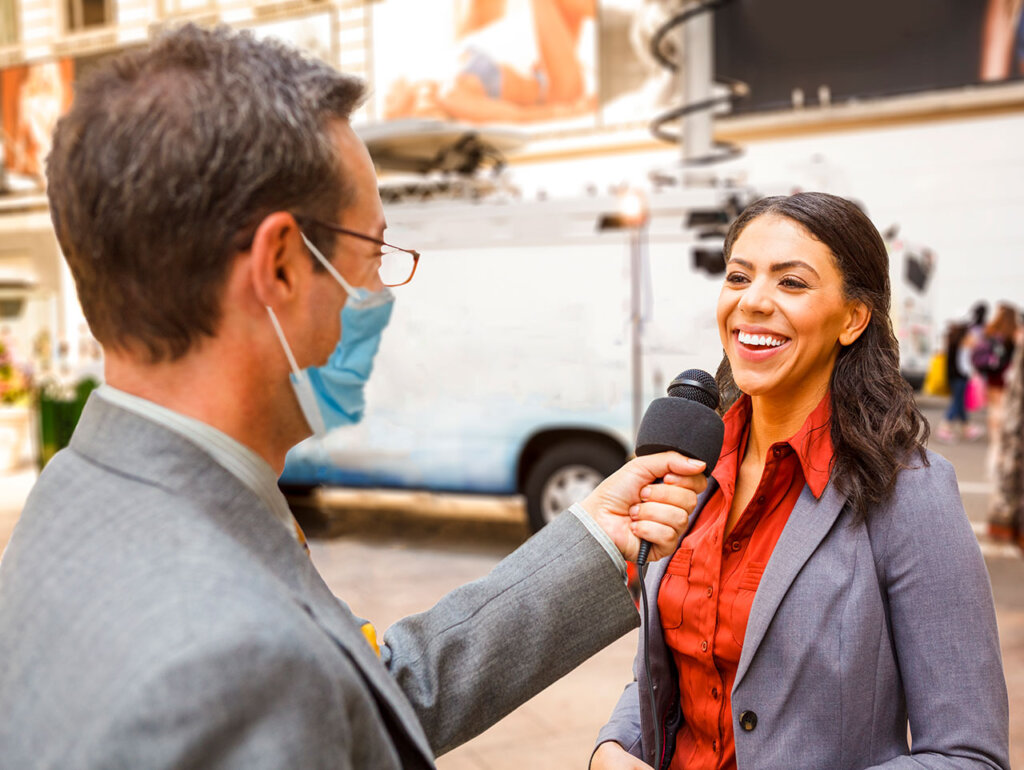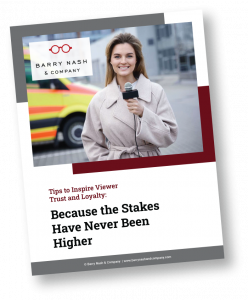We’ve known for a long time that how you sit and stand on air is a big deal, because it an make a big difference in the impression you make on viewers. Researchers call this display behavior, and we instinctively rely on it to identify who has the power and authority in the room and who doesn’t. Now research is suggesting that it may be an even bigger deal than we thought because of the profound effect it has on the way you feel about yourself — and on how you perform as a result of that.

In a recent interview with CNN, Harvard researcher Amy Cuddy put it this way:
“When it comes to power, the mind shapes the body, a finding supported by extensive peer-reviewed science. This, to most of us, is not surprising. But what os surprising, when it comes to power is that the body also shapes the mind. Dana Carney (UC Berkley) and I, both experimental social psychologists, have conducted research showing that adopting these postures — “power posing” — actually causes people to become more powerful…”
NEWS MOVES
Today more than ever, most newscasts provide multiple opportunities for anchors and reporters to make the m most of all this. Movement is encouraged whenever possible in the field. Studios are designed with multiple presentation venues, so that in the course of one newscast an anchor may be sitting and then standing in a couple of differently configured locations.
This means, of course, that you are also surrounded by more movement and sound and color than ever before, too. Unless you know how to assert yourself as a figure of power and consequence in the midst of all of that, you risk being “disappeared” by it instead. And neither you nor the organization you represent are well-served by a presence that is weak and inconsequential.
Here’s how to put these finding to work on the air:
Use posture and gesture to be as large as your space will allow. As Cuddy points out, people assert power and authority by expanding into the space around us. We move into it aggressively, and we gesture in a way that leaves us open and accessible. So don’t be afraid to be as open and expansive as your space will allow.
Stay aware of your position in the shot, and gesture into any adjacent empty space. If you are standing screen right and a plasma screen behind you extends into the center and left of the screen, find an appropriate way to gesture into the space filled by the plasma. Be especially certain that your movement cuts visually into the vertical edge of the screen behind you. Otherwise, you risk looking shoved to one side of the screen — and diminished.

If you are sitting with a coanchor, take opportunities to gesture into the space that is between you. Otherwise, you risk establishing an invisible wall that may undermine the impression that you are a team and working together.
Related note to designers and producers: Sitting anchors so close that the proximity is forced doesn’t show them in the most powerful light. Better to let them sit comfortably apart and work aggressively into the space that is left between them. The proximity becomes something they choose for themselves — and so supports the idea that they are a team by choice and not by order.
If you’re sitting or standing at a desk, find opportunities to spread your arms and open your posture. If you always simply bring hands together in front of you, you risk confining yourself to an invisible box on the air. You look smaller than necessary and the impression you make will be less consequential, in general.
Gesture aggressively, not tentatively. Whether you are sitting or standing, move with confidence and conviction.
Ultimately, the point of all of this is that the relationship between the body and the brain is a profound one.
Update: In October 2017, the New York Times published an article detailing allegations that the science supporting Amy Cuddy’s power posing recommendations is flawed. While we continue to recommend the importance of gesture and expansiveness in delivery, it appears that the science does not support the effects of power posing specifically as originally represented by Cuddy.










